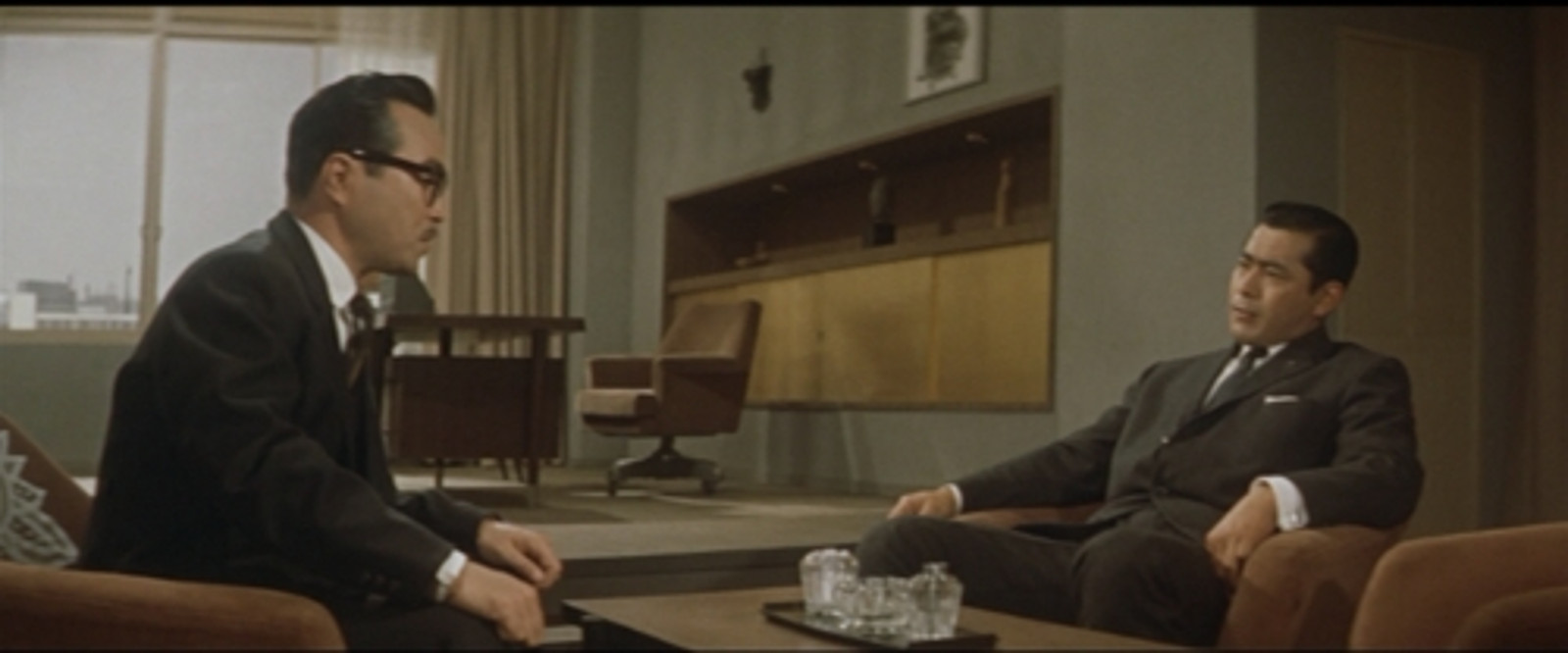Memory is A Requiem for the Dead Neurons (Part 1)
You are talking about memories. Rick Deckard, Bladerunner. William Gibson’s most controversial work to date, “Agrippa (A Book of the Dead)“, was supposed to exist only in the memories of those who experienced it. The work would not be physically accessible after its initial encounter with a reader. I mean, you cannot read it twice. And this needs a little bit of explaining. This work was originally released in two forms; a floppy disk and a physical book. On the floppy disk, there is an executable program, which, upon execution, scrolls the poetry titled “Agrippa” on the …
